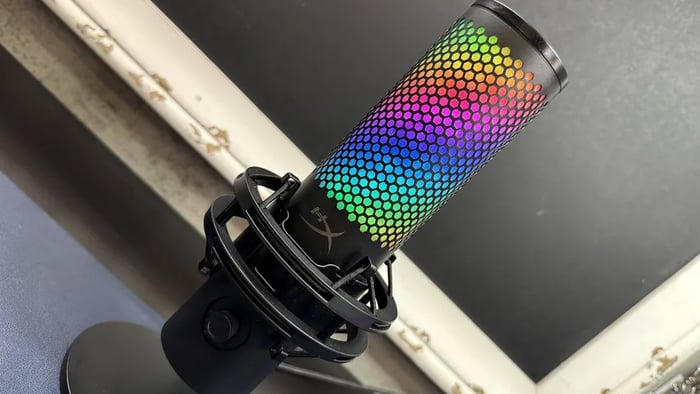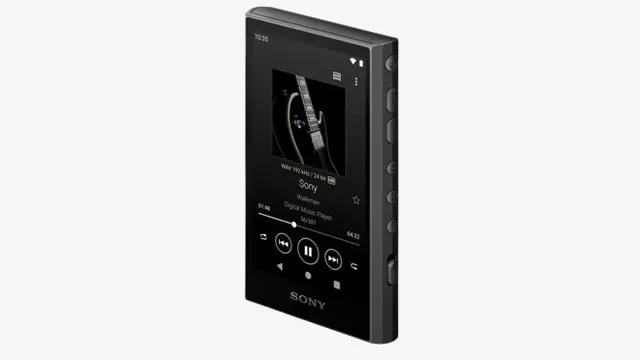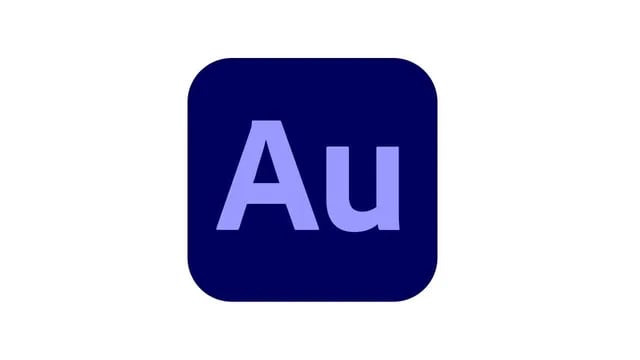
Best Audio Editing Software for 2025: Top Picks for Every Creator
Best Audio Editing Software for 2025: Top Picks for Every Creator
Explore the best audio editing software of 2025 that will elevate your sound projects to professional levels.
Why the Right Audio Editing Software Matters
Imagine this: you've got a quiet room, a high-quality microphone, stellar speakers, and a reliable recording setup. But without the perfect audio editing software—your new audio masterpiece might fall flat. Whether it’s a podcast, a YouTube video, or marketing materials, listeners today expect crisp, clean sound. Harsh consonants or muddled audio can turn them off instantly. So, investing in the right audio editor is crucial for crafting that polished, professional sound.
What’s the Best Audio Editing Software in 2025?
If you're after the crème de la crème, Adobe Audition is the top pick. It’s a powerhouse digital audio workstation (DAW) for Windows and macOS users, packed with customization options and workflow tools. For pros, this is seriously worth considering, with subscriptions starting at $23/month and a free trial to test the waters.
But hey, if you’re just dipping your toes into audio editing or need a free option, Audacity and Ocenaudio are fantastic entry-level choices.
Our team has decades of tech expertise, and many of us are podcast and video enthusiasts ourselves. That means this roundup isn’t just theory—we’ve tested these programs hands-on, sifted through user feedback, and kept tabs on how companies keep their software fresh and updated.
Ready to dig deeper? Let’s jump into my favorite audio editors for 2025.
1. Adobe Audition: The Pro's Swiss Army Knife
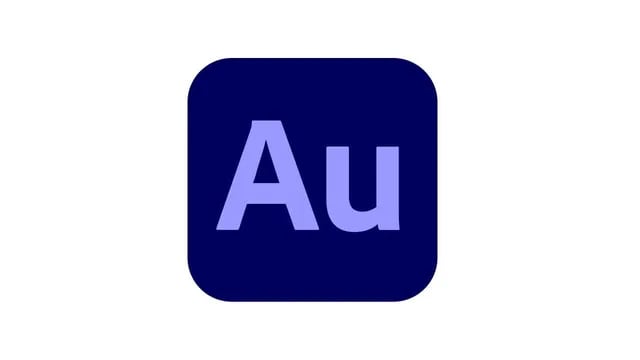
Adobe Audition stands tall as the go-to professional audio editing suite in 2025.
Why We Love It: This DAW is truly versatile, loaded with both basic and advanced tools perfect for podcasting, voiceover editing, mixing, and sound design.
Adobe offers a robust toolkit focused primarily on audio editing and file creation. From noise cleanup and multitrack mixing to audio restoration and diagnostic tools, it has you covered. Plus, there’s support for third-party plugins and the handy Essential Sound panel, making the editing workflow smoother.
Adobe’s website also features tons of tutorials to help newcomers get started.
Who It’s For: Audio pros who demand a rich feature set and a clean, powerful DAW for their projects.
At $23 a month through Adobe Creative Cloud, it’s a subscription commitment, but there’s a free trial if you want to kick the tires first.
Maybe Skip It If: You’re brand new to audio editing—Adobe Audition can feel overwhelming at first. Beginners might find Audacity or Ocenaudio friendlier stepping stones. Also, musicians looking for MIDI support should look elsewhere; Audition doesn’t support MIDI natively.
Key Features:
- Runs on Windows and macOS
- Spectral display for detailed editing
- Diagnostic and restoration tools
- Multitrack editing and plugin support
- Free trial available
2. Audacity: The Open-Source Favorite for Beginners and Beyond
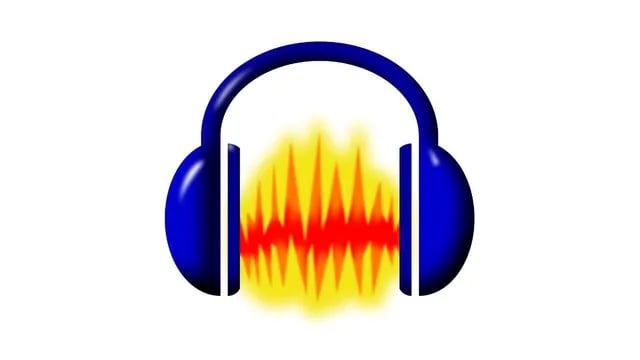
Audacity is a beloved open-source audio editor that’s perfect for anyone craving a free, cross-platform tool.
Why We Love It: Available on Windows, Mac, and Linux, Audacity packs all the essentials—and then some. Real-time recording, non-destructive editing, multi-track mixing, effects application, and support for formats like WAV and FLAC make it versatile for podcasts, interviews, social media content, and even school projects.
Audacity’s open-source nature means a lively ecosystem of plugins enhances its capabilities. The latest version (3.7.4) even supports a macOS plugin that uses AI tech for music separation, noise reduction, and transcription powered by OpenAI's Whisper model.
Who It’s For: Those who want a completely free DAW without subscriptions, ideal for tinkerers, hobbyists, and anyone starting out.
Maybe Skip It If: You want a more beginner-friendly interface or advanced features found in premium DAWs. Ocenaudio might provide an easier start, while Adobe Audition offers more power for pros.
Key Features:
- Cross-platform (Windows, macOS, Linux)
- Real-time recording and exporting
- Equalizer, cut & paste tools
- Plugin support and open source
- Completely free
3. Ocenaudio: The Friendly Freebie for Beginners
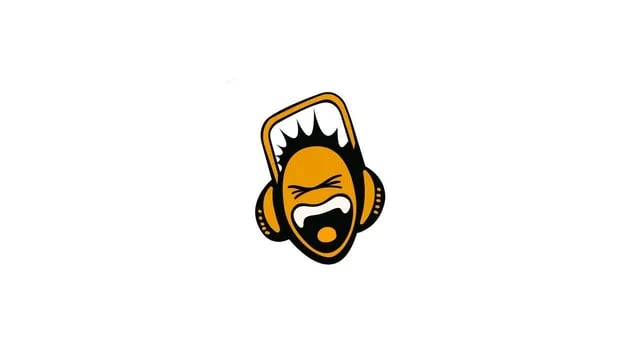
If you’re new to audio editing and want a friendly, free tool to play around with, Ocenaudio is a gem.
Why We Love It: Originally developed by a Brazilian university research team, Ocenaudio is straightforward and packed with basic editing tools. It’s not open source, but it lets you import/export audio, balance sound levels, analyze spectra, select multiple clips, and apply effects—all with an intuitive interface.
Who It’s For: Beginners, students, or casual users who want to get comfortable with audio editing without a steep learning curve or price tag.
Maybe Skip It If: You crave the full power of a professional DAW. Ocenaudio is great for basics but lacks the advanced features of Adobe Audition or Avid Pro Tools.
Key Features:
- Works on Windows, macOS, Linux
- Spectral analysis included
- Basic editing tools and effect support
- VST plugin compatibility
- Free to use
4. Apple GarageBand: Mac Users’ Gateway to Pro Audio
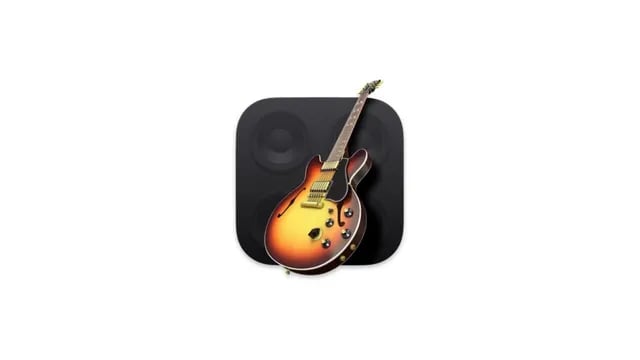
If you’re on a Mac and just starting to explore audio editing, GarageBand is a brilliant launchpad.
Why We Love It: It comes preloaded on macOS and iOS devices, so if you have a MacBook, you’ve probably spotted the little guitar icon. Apple’s signature sleek design makes it approachable without sacrificing power.
GarageBand offers an equalizer, virtual instruments, loop libraries, a mixer, MIDI support, and compression tools to create or polish audio tracks. The latest updates focus on bug fixes and improving accessibility features like VoiceOver.
Who It’s For: Mac users or those ready to take their first steps into professional audio editing. It’s free and a natural segue to Apple’s Logic Pro, a fully loaded DAW costing $200 that boasts Dolby Atmos tools, pitch correction, deep plugin support, and more.
Maybe Skip It If: You’re on Windows—GarageBand and Logic Pro are exclusive to Apple platforms.
Key Features:
- macOS and iOS compatible
- Virtual assistants and MIDI support
- Intuitive interface with tutorials
- Loops and presets library
- Free, with a paid upgrade path
5. Avid Pro Tools: The Industry Standard for Audio Pros
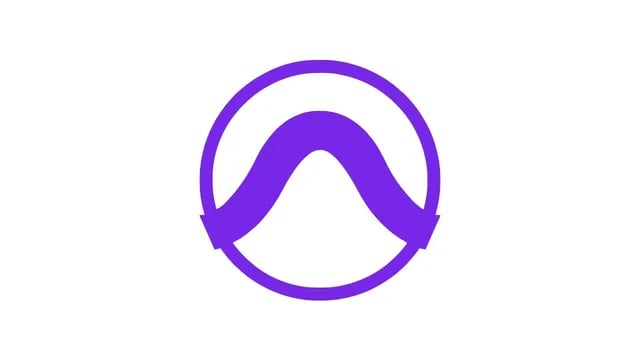
Avid Pro Tools is a powerhouse DAW designed for serious audio professionals and specialized workstations.
Why We Love It: Available on Windows and Mac, Pro Tools is equipped for sound engineers and composers tackling complex audio projects. It’s not for the faint-hearted, requiring commitment to master its extensive features.
With Pro Tools, you get tools for recording multiple inputs simultaneously, MIDI and instrument tracks, video editing, over 130 built-in plugins, Dolby Atmos mixing, track compilation, batch file management, and more.
The 2025.6 update brings AI-driven speech-to-text conversion, support for Dreamtonics Synthesizer V and Waves Sync Vx plugins, and enhanced Splice integration.
Who It’s For: Professionals needing top-tier tools for music production and audio post-production. A close friend in the music industry swears by it over Adobe Audition for heavy-duty, on-the-go music and live performance work.
Maybe Skip It If: Price is a major concern. While the basic Pro Tools Artist plan costs $9.99/month or $99/year, the full suite with immersive mixing can set you back $35/month or up to $99/month depending on features.
Key Features:
- Windows and macOS support
- Immersive mixing options
- Extensive instrument and effect library
- AI-powered speech-to-text tools
- Plugin support
- Subscription from $99/year
Factors to Consider When Choosing Audio Editing Software
Picking the right audio editor isn’t just about flashy features. Keep these points in mind:
- Learning Curve: Are you a newbie? Start with beginner-friendly or free software before diving into complex DAWs.
- Use Case: Will you edit podcasts, music, live streams, or marketing audio? Pick software tailored to your project style.
- Plugin Compatibility: Need third-party plugins? Confirm your software supports them hassle-free.
- Free vs Paid: Beginners or hobbyists might be fine with free editors, but pros often need paid tools for advanced effects.
- Platform: Windows, Mac, or mobile? Check compatibility before committing.
- File Formats: Work with lossless formats? Make sure your software supports them to preserve audio quality.
- Video Support: Do you need to sync audio with video? Some editors specialize in audio-only and may lack video integration.
- Budget: Decide if a one-time purchase or subscription suits your financial plans.
"Many of us now expect clear, high-quality sound not only when listening to songs but also for podcasts, social media videos, movies, TV shows, and marketing content."
Ready to elevate your audio projects with stunning visuals? Shop your favorite album cover poster at our store for a perfect touch of pop-culture flair: Architeg Prints.
FAQ
- What software is best for beginners starting audio editing?
Ocenaudio and Audacity are great entry points, offering free, easy-to-use interfaces. - Can I use Adobe Audition for music production?
It’s excellent for audio editing but lacks MIDI support, so musicians might prefer other DAWs. - Is GarageBand suitable for professional projects?
GarageBand is ideal for starting out, and you can graduate to Logic Pro for more advanced needs. - Are free audio editors as capable as paid ones?
Free editors cover basics well but often lack the advanced tools and polish of professional software. - How important is plugin support in audio editing software?
Very—plugins expand your creative possibilities, so ensure your DAW supports the ones you want.
 | DISCOUNTGET 30% OFF*Use code on your next order:
|
* This post may contain affiliate links, meaning we earn a commission if you make a purchase through these links, at no additional cost to you.






